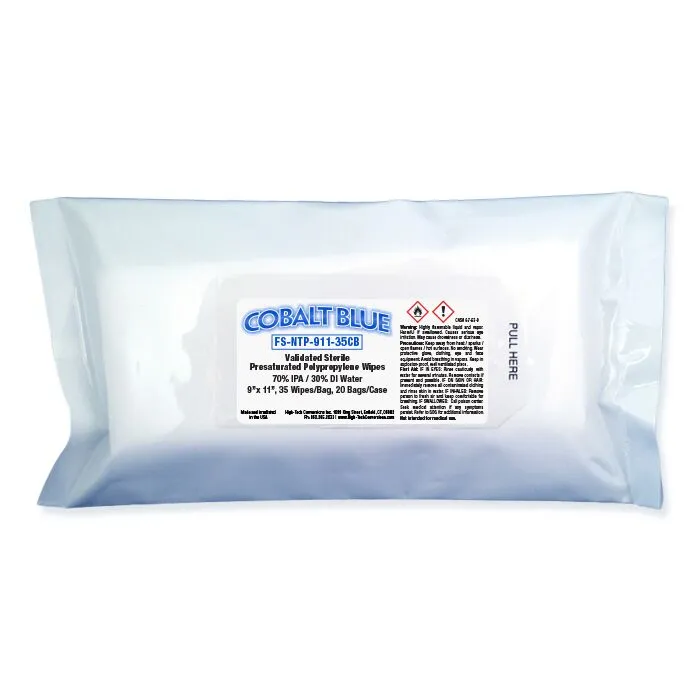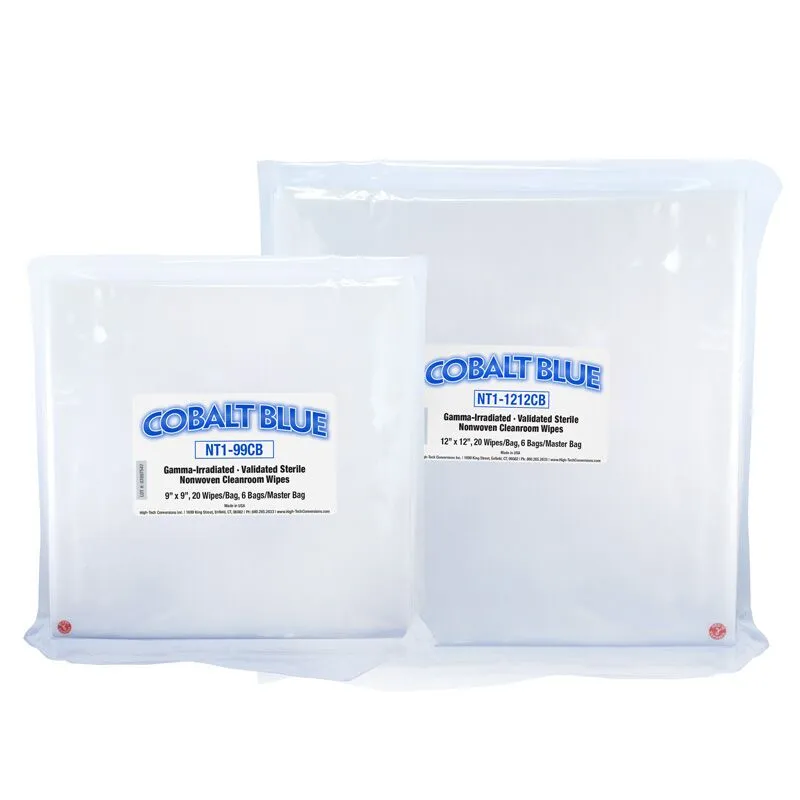
The Deepest Kind of Clean: Learning the Different Types of Sterilization
There are a lot of spaces in a society that must be kept immaculately clean. This doesn't mean just wiping down and dusting every once-in-a-while or mopping with a sanitizer bucket.
We're talking sterilization that eliminates any possibility of contamination. This is the case in environments where lives could be put at stake if they're exposed to the wrong materials. Sterilization applies to both spaces and utensils that may be used, primarily in medical environments.
We're going to talk about the 4 primary types of sterilization to give you a deeper understanding of your cleanroom environment.
Primary Types of Sterilization
While we'll cover the main types of sterilization, we won't cover the methodologies used to carry out the cleaning processes. If you're looking to engage in these processes, it's very important that you do further research.
-
Steam Sterilization
Steam is the most common and dependable form of sterilization. It is used for a wide variety of cleaning processes and is the least expensive and toxic form of sterilization to date.
Steam quickly kills bacteria, microbes, and spores, and rapidly enters and disinfects fabrics. Steam should be used approaching 300 degrees Fahrenheit, and it's important to use steam on materials for specific times at specific pressures.
Those specifics will depend on the nature of your sterilization.
-
Dry Heat Sterilization
Dry heat sterilization utilizes very hot air which has little to no water content in it. In this way, moisture and steam play minimal, if not non-existent roles in the process.
As heat is released onto a specific object, the exterior of that object absorbs the heat and gradually reaches a specific temperature. The temperature needed will depend on the object.
The object will heat gradually, and that heat will move slowly toward the center of the object. Eventually, the entire piece will reach the temperature needed for it to be completely sterilized.
-
Chemical Sterilization
When devices aren't suitable to be put under high heat or steam, chemical sterilization is the next most reliable option.
Ethylene Oxide is the most common chemical used in sterilization, although there are new chemicals and processes that are emerging. It's important to use chemicals that won't do any damage to your device or cleanroom. It's often assumed that all sterilizers will do their job on any device.
The materials being cleaned should come with a list of chemicals that are disagreeable to them. If you're not at all positive about whether you can sterilize anything with Ethylene Oxide, contact the manufacturer to make sure.
It's also very important that you take all of the personal safety precautions. Chemical sterilization can be dangerous to humans if you aren't careful about your methodology.
-
Radiation Sterilization
Gamma rays, UV light, and x-rays can eliminate contaminating microorganisms, making each one an excellent source for sterilization. Each method has its own benefits.
In terms of penetration, UV light is the weakest of the three. It should be noted that it is a safer option and can be a preferred choice for areas with limited space such as laminar flow hoods.
Gamma rays and x-rays are a much more aggressive choice for sterilization. Because these methods are more penetrating, they also yield higher levels of danger should be conducted with extra caution. Gamma irradiation in particular is common large scale sterilization items during production and manufacturing. It’s the method that is used to sterilize Cobalt Blue Sterile Wipes.
Interested in Learning More?
It's essential that you get a comprehensive understanding of cleanrooms and the methods used to keep them up to code. That means understanding trends in the industry, changes in the global standards, and knowing how to implement changes.
Visit our site to get that information and more knowledge about types of sterilization.

Cobalt Blue® 9″ X 9″ Sterile Presaturated Wipes, 100% Polyester, 70% IPA / 30% DI Water

Cobalt Blue® Sterile Dry Wipes – 9″X9″

Cobalt Blue® 9″ X 11″ Sterile Presaturated Wipes, Polypropylene, 70% IPA / 30% DI Water